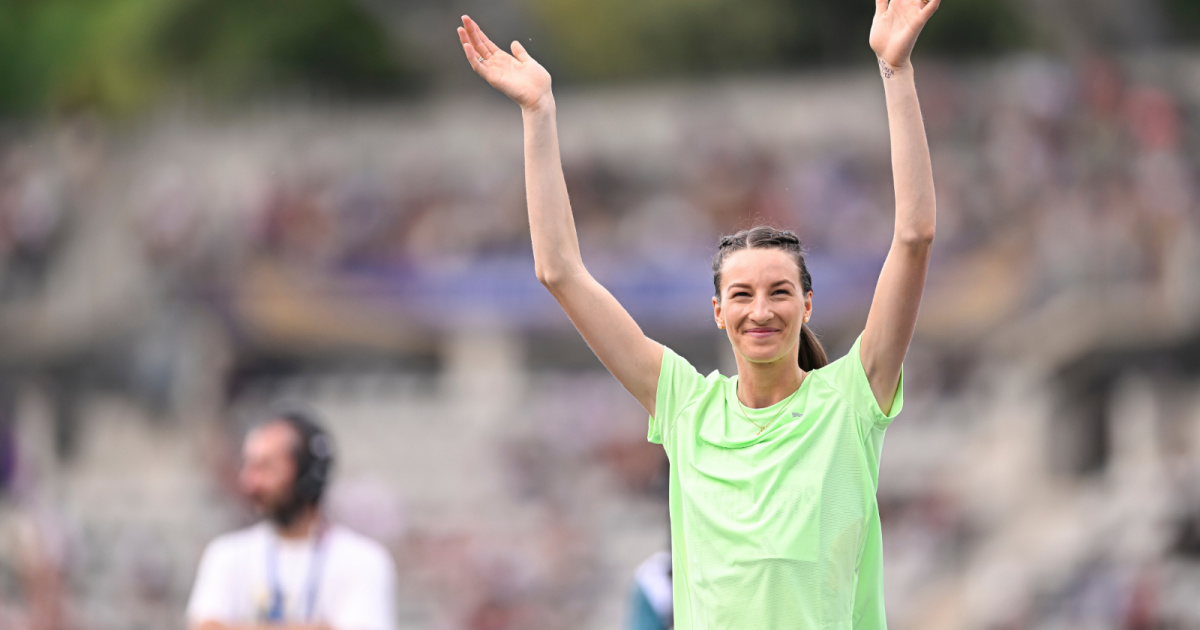
Now, I’m not the sort of person who enjoys running. In fact, I can only remember running long enough one time in my entire life to push through the barriers into the euphoria beyond.
I admit, it was pretty cool!
What is a “runner’s high,” though, and why do humans experience it?
It’s defined as a feeling of euphoria brought on by a period of exercise, and, fun fact, is not limited to runners.
It typically beings 30-60 minutes into a run, depending on your level of fitness, and some research suggests that the feeling is so good it’s what keeps humans exercising in the first place.
Neuroscience professor David J. Linden says this is not a universal phenomenon, though, not even among experienced runners.
“Indeed, many distance runners feel merely drained or even nauseated at the end of a long race, not blissful.”
Competitive trail runner Lou Clifton said as much in an interview with the Guardian as well.
“I guess generally when I’m running, there’ll be a point where I settle into a bit of a groove and it’s quite comfortable.”
Not a “high,” though.
For those who do experience it, though, what’s the cause?
A 2021 study demonstrated that blocking opioid receptors – what endorphins bind to – didn’t stop the post-workout high.
So if it’s not endorphins, because they can’t pass the blood-brain barrier, what is it?
Recent research points toward the endocannabinoid system instead. These are natural versions of CBD and THC compounds, and they help us destress and chill.
Further study has revealed that acute exercise boosts levels of endocannabinoids, and that the higher intensity your workout, the most effective it is at boosting them.
Scientists are reluctantly agreeing that endocannabinoids are promising candidates, but more study is needed to figure out the how and why.
If you’re chasing this high in the meantime, though, biological sciences professor David Raichlen suggests you keep your workout intensity at 70-85% of your maximum heart rate.
You can calculate this based on your age.
If you’re already exercising and hitting this mark but still missing the high, professor Steven Hicks suggests switching things up – run different distances, try intervals, or the like.
And even if you don’t get the “high,” you’re still reaping the benefits of regular, rigorous exercise.
“Voluntary exercise is the single best thing one can do to slow the cognitive decline that accompanies normal aging. You’ll also be helping your heart and lowering your risk of various diseases.”
The proof is in the pudding.
Even if you don’t feel euphoric, you’ll probably feel pretty good knowing that you’re doing the best thing you can for your body.
If you found that story interesting, learn more about why people often wake up around 3 AM and keep doing it for life.